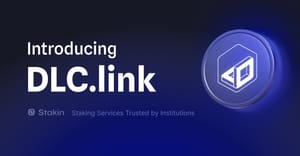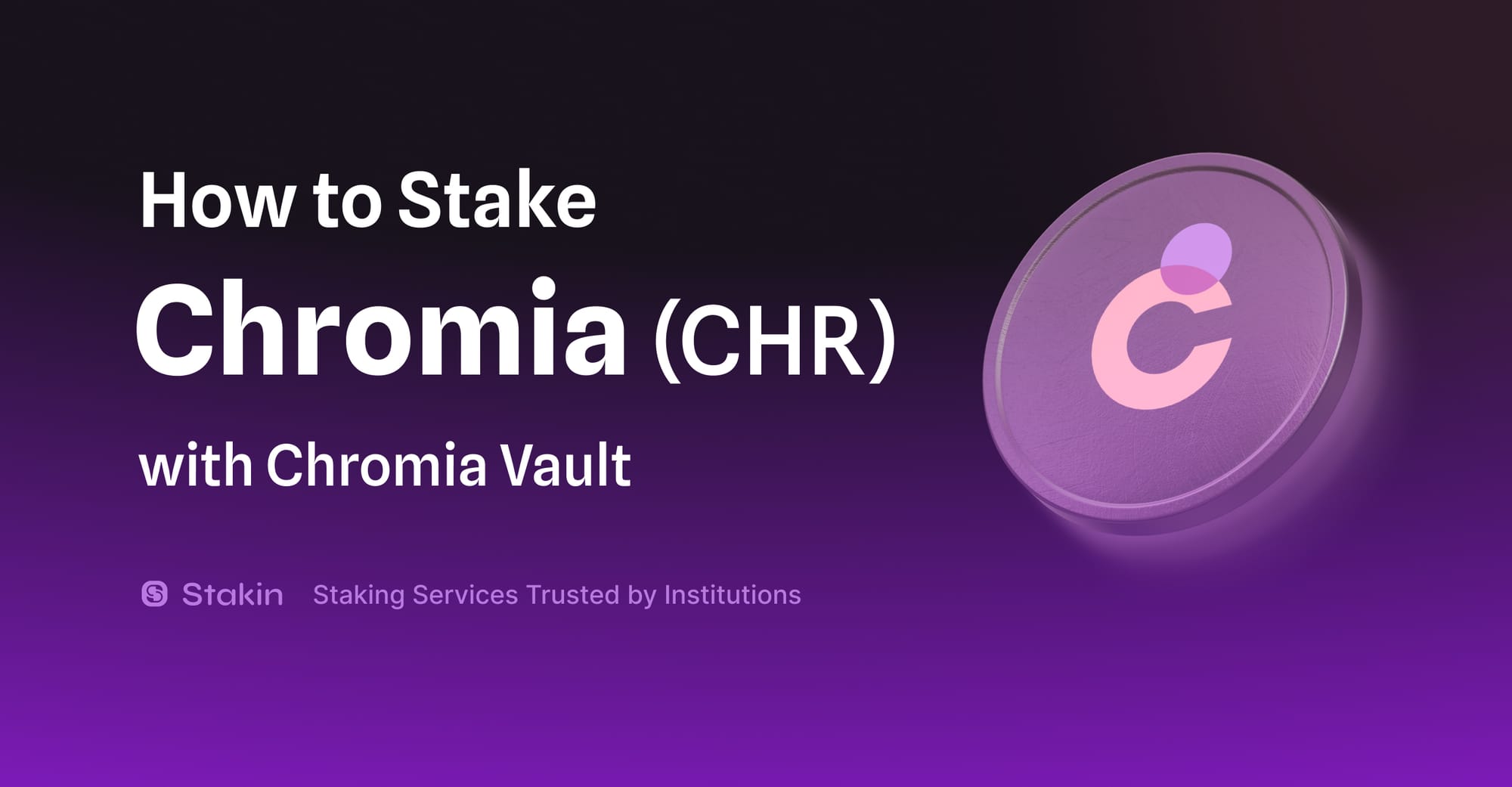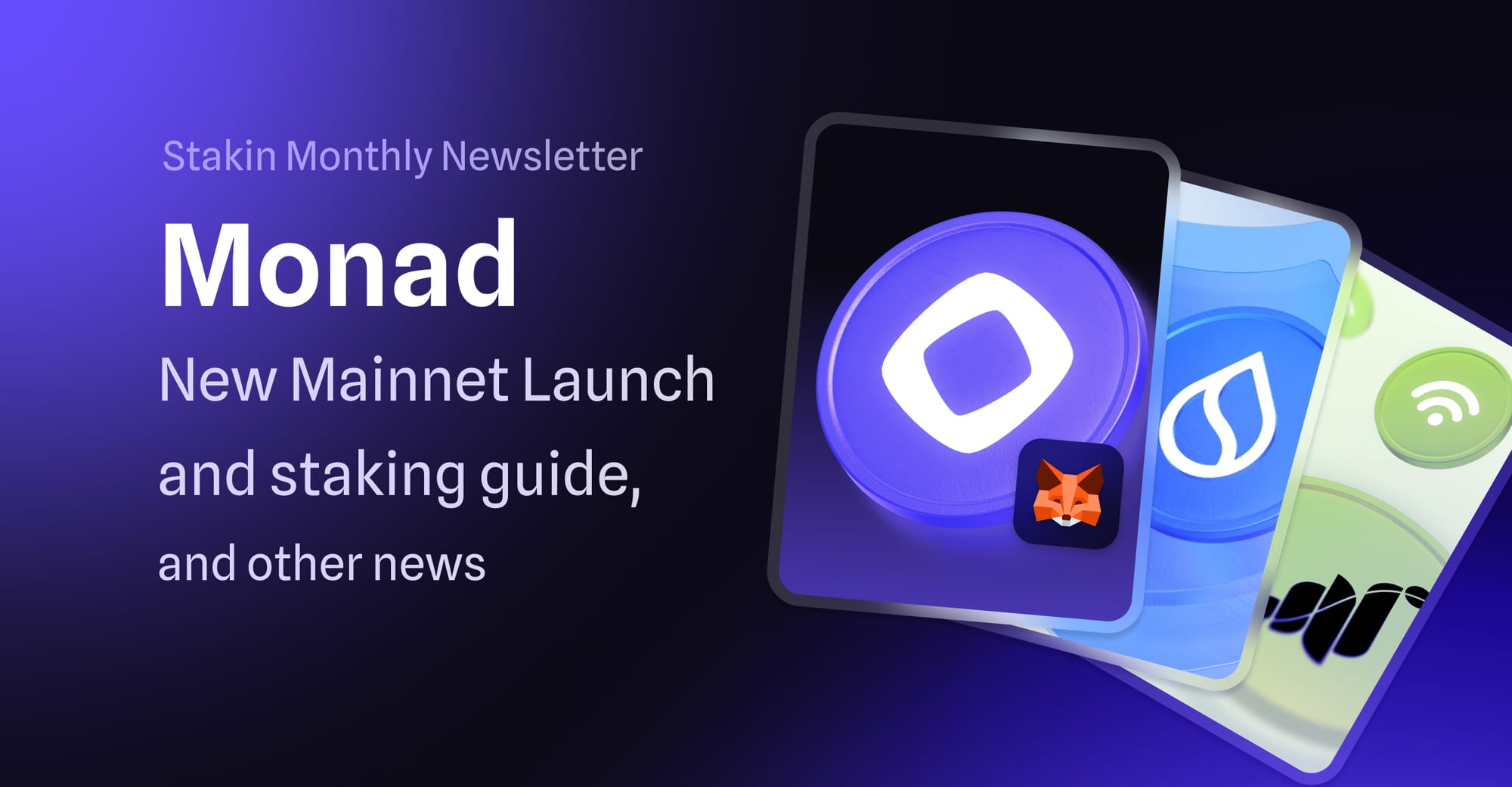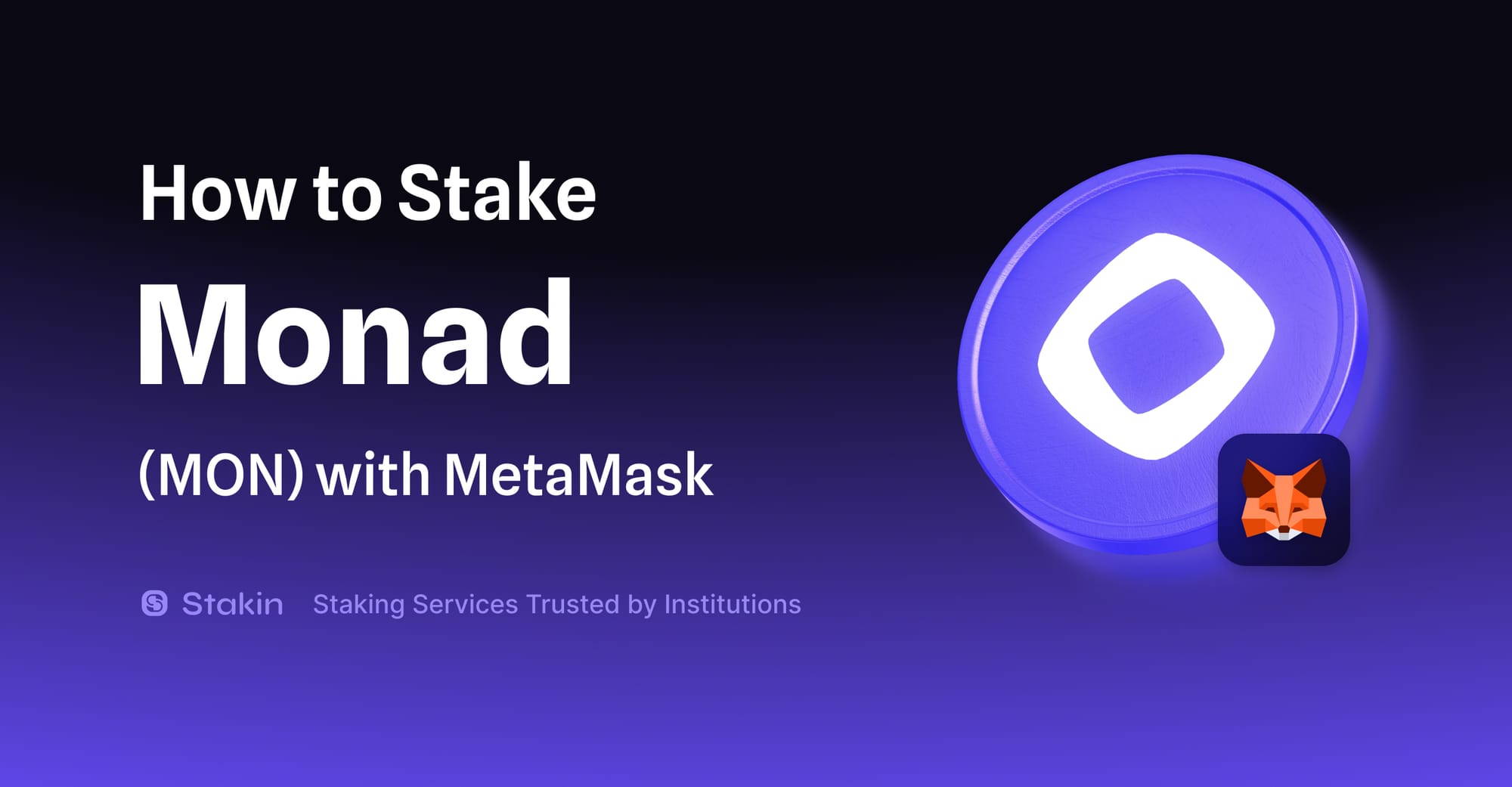In the evolving landscape of Bitcoin-based DeFi, the need for secure, decentralized solutions has become paramount. The fact that DeFi on Bitcoin is still dependent on centralized custodial solutions for storing and wrapping BTC for usage across smart contracts platforms motivated the creation of dlcBTC, a self-custodial solution designed to leverage Bitcoin's robust security without relying on third-party custodians.
Central to the architecture of dlcBTC is the role of attestors, entities that facilitate the bridge between Bitcoin and other blockchains. Stakin emerges as a pivotal player in the dlcBTC architecture, deploying its enterprise-grade infrastructure to serve as a dlcBTC attestor.
This article goes deep into the dlcBTC architecture to illustrate the crucial roles that Staking plays in ensuring the seamless operation and security of this pioneering financial technology.
How does DLC work?
Discreet Log Contracts (DLC) are cryptographic structures created at MIT by Tadge Dryja, co-inventor of The Lighting Network. In short, DLCs enable conditional payments between two parties.
DLCs enable “Bitcoin escrow contracts” to be held directly in users' wallets. Bitcoin is powerful collateral, but as we already mentioned, due to its lack of smart contract interface, it can’t be used directly on other chains.
You may also be interested in:
Current attempts to replicate DeFi on Bitcoin involve using a third-party custodian such as BitGo, which poses centralization and security risks.
To use Bitcoin in Ethereum, for example, the Bitcoin has to be sent to a bridge (which then becomes a high-profile target for hackers) or“wrapped,” meaning that it is sent to a trust that gains control over it. Both solutions are suboptimal as the use of a third-party custodian voids the decentralized nature of Bitcoin.
DLCs can lock Bitcoin in escrow and enable its use elsewhere. Instead of sending Bitcoin to a protocol or an app, users can enter into a contract within their wallet with the application, moving their Bitcoin into an escrow account. The existence of the escrow provides a “proof of collateral” or a guarantee that the Bitcoin reserve exists and is locked.

DLCs function similarly to multisig wallets, where two signatures are required to execute a transaction. However, unlike a wallet, the DLC itself does not track balances – so by analogy, it is more apt to describe it as a "special multisig keychain."
wBTC vs dlcBTC
As highlighted above, wBTC relies on a traditional, centralized model involving custodians to manage user funds. With dlcBTC, users maintain full control over their deposits by self-wrapping BTC in a DLC lockbox.
This eliminates third-party risks, such as fund mismanagement and regulatory issues, from the equation. The self-custodial nature of dlcBTC also eliminates counterparty risk, a significant concern when dealing with wrapped assets.
dlcBTC also distinguishes itself from wBTC by leveraging the full hashrate of the Bitcoin blockchain to secure its transactions. Its smart contracts are built directly on the Bitcoin network, and Bitcoin miners verify all transactions. This integration with the broader Bitcoin network ensures that dlcBTC inherits the robustness and protection of the largest and most secure blockchain in the crypto ecosystem.
Moreover, the DLC lockbox leverages a pre-signature mechanism that only pays out to the depositor. This means that even in the unfortunate event of a hack or security breach, only the original depositor will receive the BTC deposit, making it nearly impervious to theft. In contrast, hackers can manipulate the wBTC architecture and divert the deposited BTC to their addresses, leading to significant user losses.
Stakin as a dlcBTC Attestor
The most important part of the dlcBTC architecture is the DLC Attestation Layer.
“Attestors” are trusted node operators that run both a Bitcoin full node and a node on the destination chain — which function like an oracle, monitoring blockchain events and validating outcomes.
The attestors play two main roles in the dlcBTC architecture:
- Bridging BTC to EVM chain by accepting the details of a BTC bridging request and checking the state of a controlling EVM contract.
- Redeeming BTC from EVM chain by listening to a corresponding EVM event. The Attestors must reach a common consensus and sign a Schnorr threshold signature to unlock the previously locked BTC collateral and broadcast out the Bitcoin transaction
As a dlcBTC attestor, Stakin has deployed its enterprise-level staking infrastructure with dlcBTC by running one full BTC and one full Arbitrum node as part of the DLC Attestation Layer.
Final thoughts
The introduction of dlcBTC marks a significant advancement in Bitcoin DeFi. By utilizing DLCs, dlcBTC provides a robust, decentralized method for Bitcoin holders to engage directly with DeFi platforms without the risks associated with third-party custodians.
Stakin's role as an attestor is critical in the dlcBTC architecture, ensuring the seamless and secure execution of transactions across blockchains.
As the blockchain community continues to evolve and seek secure DeFi solutions, dlcBTC, supported by trusted partners like Stakin, stands at the forefront of innovation - ushering in a new era of security, efficiency, and trust in DeFi.
Stay connected and receive the latest updates by following DLC.Link on Twitter and join their Discord group.



